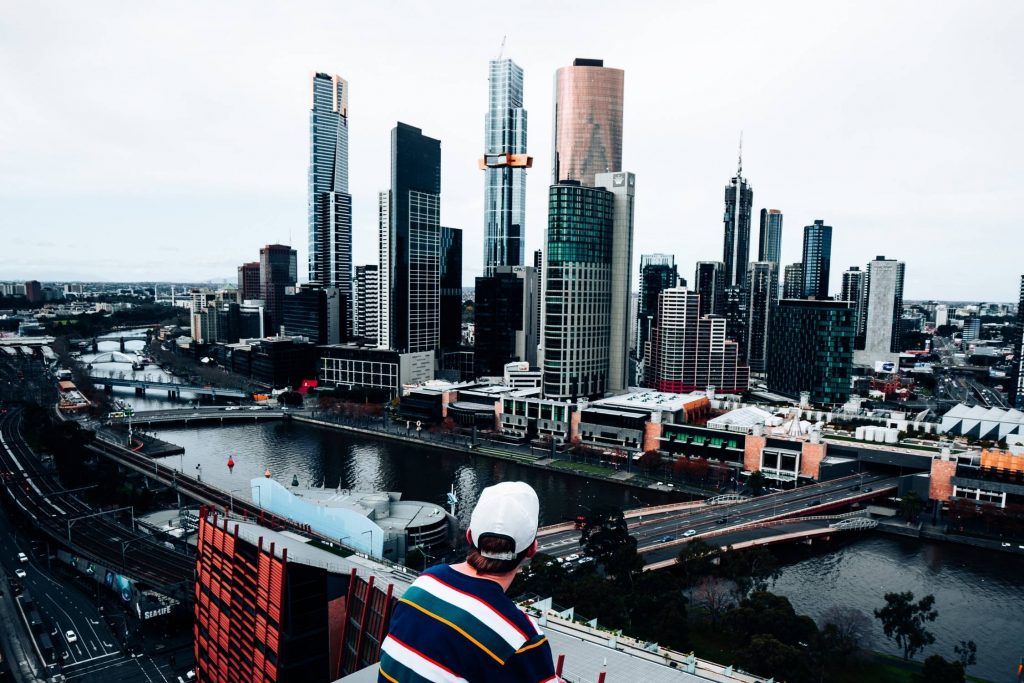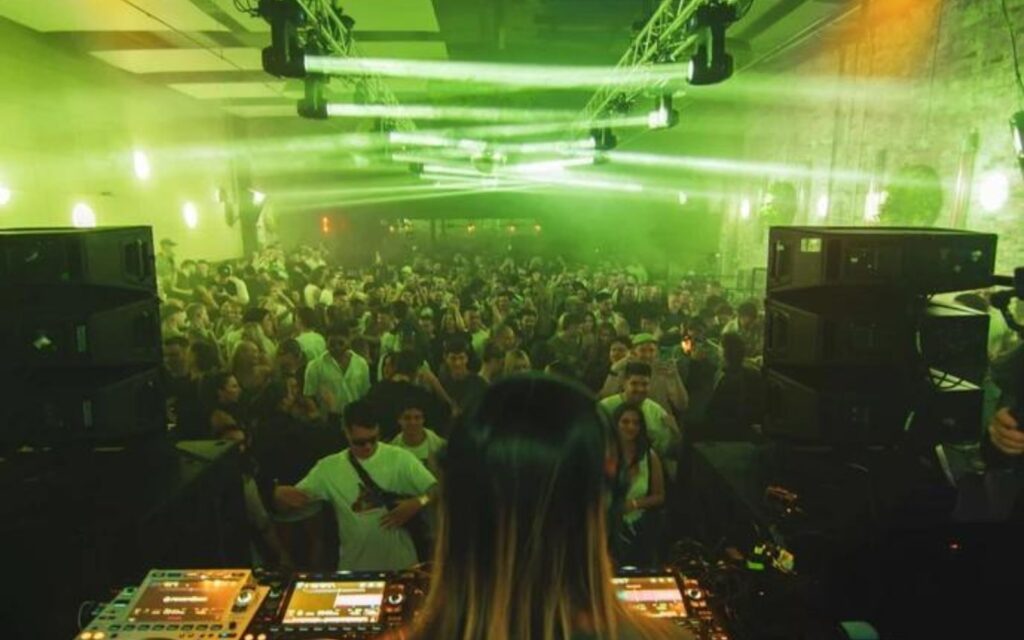We spoke to a nurse at a major metropolitan hospital about what it’s like to be tested for coronavirus as an essential services worker.
This nurse, who prefers to remain anonymous and who we will further refer to as Nurse A, says the hospital she works at has “an online screen portal” for screening anyone who enters the hospital.
“So you scan a QR code, and then that QR code takes you to a series of questions… that deem whether you’re safe to enter the hospital or not.
“I’ve been doing this everyday since they started it and it usually comes up with a green screen, you get a staff sticker to say you’re safe to be in the hospital and you go about your day.”
Nurse A had woken up with a mildly sore and dry throat that morning and so could not answer ‘no’ to the question, ‘Have you experienced any cold or flu symptoms in the last 14 days?’.
“It came up with a pink screen instead, so I showed that to one of the nurses that was screening this morning.”
Nurse A explained to the nurse on screening duty that she thought she needed to be tested, and so the screening nurse advised her to put a mask on and directed her the safest way of exiting the hospital and finding the coronavirus testing area.
“Honestly, it was a little bit confusing finding where to go. Obviously, they do have signage, but with any hospital there’s so much [pre-existing] signage.
“[Finding the testing clinic] can be a bit overwhelming, especially if you’re feeling anxious about the fact you have to be tested for coronavirus.”
Members of staff at one cluster of major Melbourne hospitals have a rapid-access testing clinic, enabling essential workers to get back to work sooner upon a negative result.
“I couldn’t find any signage to the staff clinic so I went to the main public clinic,” Nurse A says.
So yes people do die of other causes, usually organ failure or heart attack, but that is caused by the virus. In the same way if someone is shot, they die of blood loss not a bullet in their body. here is an article about false positives https://t.co/E7QxEgoalX
— LiamdariAust (@LiamdariA) June 5, 2020
The public testing clinic is open earlier than the staff clinic, and at this point, the staff clinic was not open yet.
Wanting to avoid waiting in a populated area for too long, Nurse A decided she would try to get tested in the public clinic but was told this wasn’t possible by the staff at that clinic.
This was later refuted by the admissions person at the staff clinic. Nurse A said the staff clinic apologised to her and said, “I’m so sorry they sent you up here to wait for an hour because they could have tested you… if you’re a healthcare worker and you get [tested at that public clinic] you’re results will be fast-tracked to you.”
Nurse A recalls the process of being tested, “First thing to do – hand gel your hands; second thing to do – put on a mask, and that’s your first step. So everyone is waiting at the designated crosses and they all hand gel and put a mask on.
“Then the nurse calls you to be registered, so she’ll ask your name and date of birth and register you as a patient. She then passes you your labels and you move forward into a waiting area that has chairs but is all socially distanced.
“They instruct you to wipe the chair down [with an alcohol wipe] before and after you sit down.”
Nurse A says the healthcare workers who took her into the private screening room were “really lovely”.
“They checked I was the right person – that I was who I was, took my temperature, and then they asked me a few more questions about if I’d been in contact with anyone with COVID, any other additional symptoms, any other medical history.
“Then they did the swabs,” Nurse A continues. “I’ve heard a lot of horror stories about receiving nasopharyngeal swabs, which are swabs that are really long and bendy and [are placed] up your nose into the back of your throat.
“Honestly, I was pretty anxious because I’ve seen them done and I did not fancy having one.”
The medical professional administering the swab reassured Nurse A saying, “There’s good evidence we don’t need to do such extreme testing anymore, so it’s just a swab at the back of the throat [through the mouth, which] can make you gag a little bit.”
Nurse A says there are two swabs involved in the test.
“[There’s] one at the back of your throat, and then they use the same swab to put up your nose, and the amount they put it up your nose… it is just enough to be a bit uncomfortable, but it’s only for like ten seconds in each nose.”
“The actual nurse who swabbed me was so informative and gentle and kind and compassionate – I honestly couldn’t fault her, she was great.”
Armed with coronavirus test swabs, medical workers in Wuhan scoured construction sites and markets to look for itinerant workers. They made house calls to reach older residents and people with disabilities. https://t.co/rbqEJMLVWu
— New York Times World (@nytimesworld) May 27, 2020
Nurse A was given a medical certificate for the day she was tested and the day afterwards, as well as instructions on self-isolating until her results come back.
“Until I get my negative result, I have to self-isolate as if I have coronavirus.”
Nurse A was told that any other people she lives with, including her partner and child, do not have to self-isolate unless they themselves are showing symptoms, in which case they should be tested too.
“Because I’m a healthcare worker, I should get my results back potentially by the end of the day, if not tomorrow morning.
“For a negative result, they said they’ll just text, for a positive result you would receive a formal phone call from someone in DHHS or a doctor, and they would start doing all the tracking and that sort of thing,” Nurse A says.
“So fingers crossed not for a phone call, fingers crossed for a text later today.”
Nurse A has since received a negative result and will be back at on the frontline once her symptoms have cleared.
To find out more about coronavirus testing visit the DHHS website.
Never miss a story. Sign up to Beat’s newsletter and you’ll be served fresh music, arts, food and culture stories five times a week.







